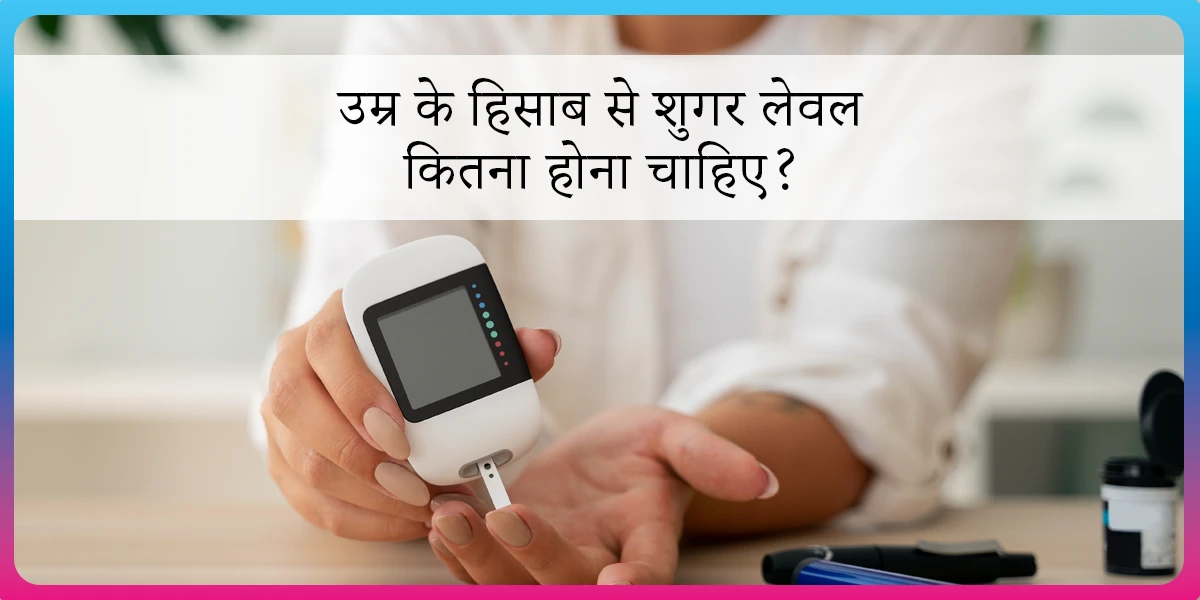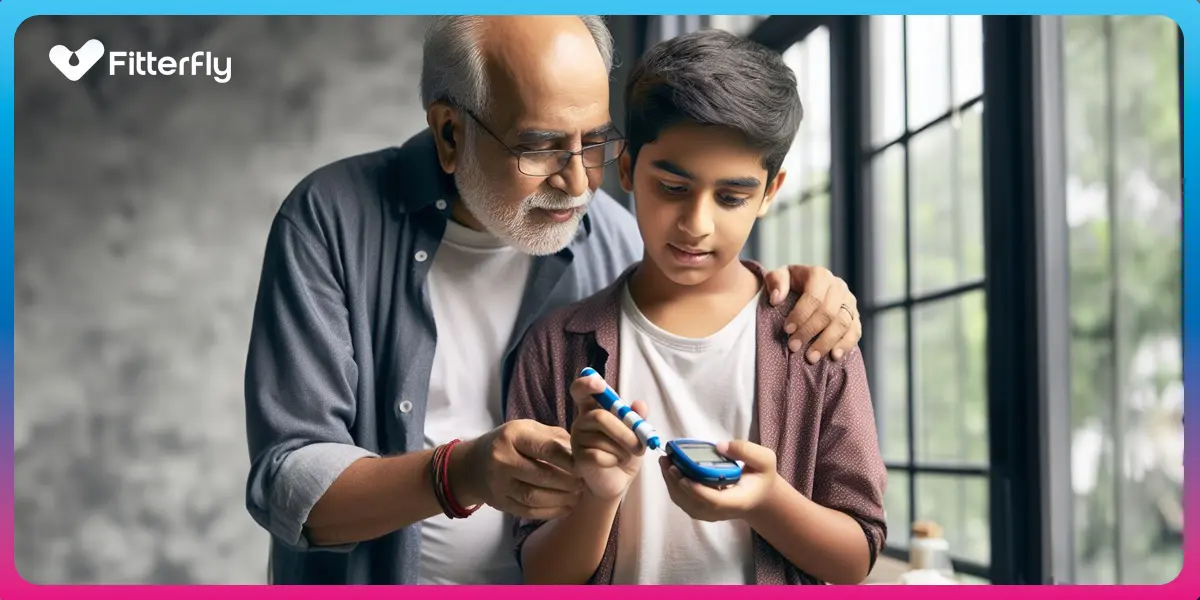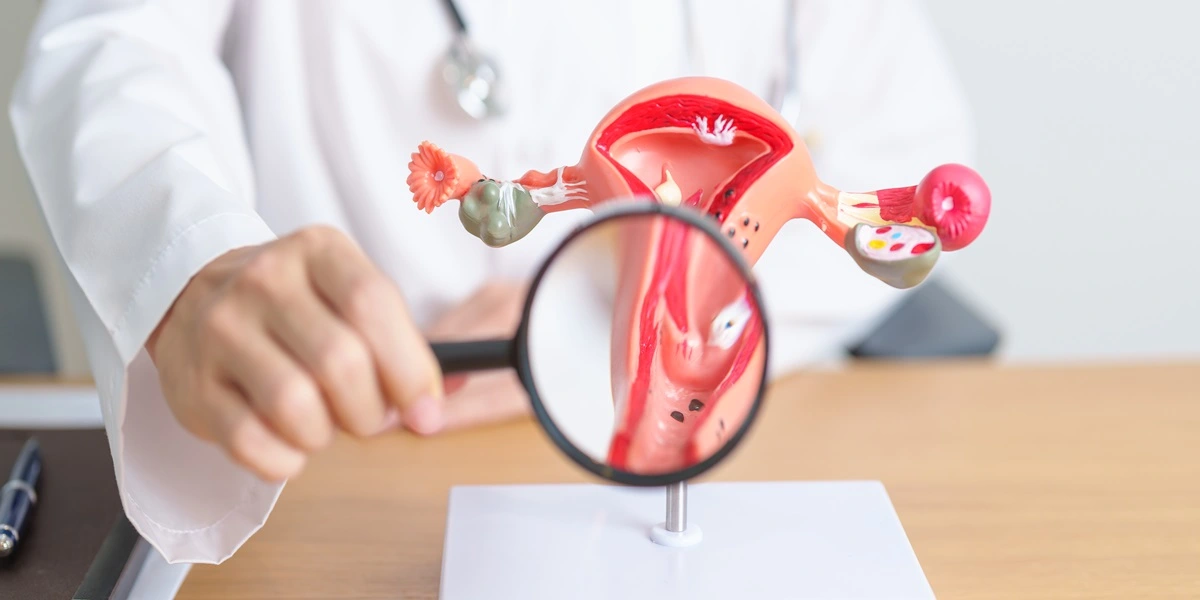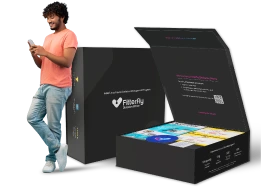Tips for Overcoming Fear of Needles in Diabetes Management

The needle is small, but the fear is large. Sometimes the bravest are also cocooned with the fear of needles. For people with diabetes, needle pricks are routine.
Whether it be the glucometer needle or the insulin injection, managing diabetes may need both. Feeling nervous with needles is normal, and many have it.
While some dislike the process, others are battling the fear. This necessity in diabetes management must be made more comfortable for all.
Stay with us as we discuss needle phobia and intelligently tailored ways to face the fear of those with diabetes.
Psychological Aspect of Needle Phobia
The pain of puncturing your skin with a needle is bothersome, no doubt. People would avoid getting a shot if they possibly could.
However, sometimes this fear of needles is extreme. The mere thought of needles and injection pricks can be disturbing, culminating in a phobia.
Needle phobia is common in children as well as adults. They can make the procedure feel more painful and induce severe panic. Understanding the psychological roots of needle phobia is crucial to overcoming it.
1. Anticipation and Conditioning
Many associate injections with severe pain and post-prick complications like swelling, redness, bleeding, fever, etc. Furthermore, seeing others react negatively to needles—in person or via the media—can cause or exacerbate needle phobia.
2. Anxiety and the Fear of Pain
The fear of the painful puncture of the skin—the sting itself—is sufficient to trigger the scare. Sweating, trembling, and panting are often related to such anxiety.
3. Past Traumatic Experience
Sometimes, childhood traumatic experiences, such as an upsetting medical treatment as a child, can be linked to needle phobia. Recall those childhood days when elders made injections seem like a scary ordeal. Some of us already related injections to painful punishments as children.
4. Ignorance
Considering the widespread misconceptions and limited awareness surrounding injections, coupled with various myths, many people have developed a mindset that contributes to the prevalence of needle phobia.
Identifying the exact triggers and underlying causes of the phobia is essential to creating successful interventions. To overcome needle phobia, one must address the psychological component of the problem.
Tips for Overcoming a Fear of Needles When You Have Diabetes
The glucometer prick is quick and almost painless. Though insulin injections sting a little more, it is nothing compared to a vaccine or a blood test. Here are a few ways to successfully combat the fear of needles:
Tip 1. Understand your Fear of Needles
Ranking your level of fear is important. How anxious are you? Is it a mere irritation or a terrifying feeling? Why are you scared?
- Asking yourself these questions and probably journaling them can be a good start.
- Relaxation methods like breathing exercises, workouts, and indulging in engaging hobbies can help the process.
- Hydration is another key point that combats anxiety, drink sufficient fluids and keep calm.
Remember that the glucometer prick or an insulin shot is a tiny knock that lingers for a fraction of a second. It is vital to keeping diabetes in check and is essential.
Tip 2. Warm the Area of Prick
Rub your hands and keep your fingers warm to encourage blood flow. This way, the prick is superficial and not painful. Keep the injection site dry and clean for efficient needle pricks and to avoid errors.
Tip 3. Choosing the Correct Site
- For glucometers, use the sides of the fingers, which are less sensitive.
- In the case of insulin shots, always remember to rotate the injection site to prevent skin complications.
- Though the abdomen is the preferred area, you can also take the shot in your thighs, upper arms, and lower back.
Tip 4. Adjusting the Glucometer Lancet Correctly
- Remember to modify your glucometer lancet to make the shot more comfortable.
- Start at the lowest depth setting and modify if necessary.
- Keeping lancets sharp and fresh might help minimize pain; replace them as needed (depending on the difficulty level of puncturing the skin)
Additionally, although it might be less unpleasant for some people, consider using a smaller, finer lancet size. These steps add up to a more comfortable experience when monitoring blood sugar.
Alternatives
Various alternatives to traditional needle pricks for glucose monitoring and insulin injections have been developed to improve patient comfort and convenience.
Here are some alternatives for a persistent fear of needles:
1. Continuous Glucose Monitoring (CGM)
CGM systems use a tiny sensor inserted into the skin to continuously measure glucose levels throughout the day. It does not hurt and provides real-time blood glucose values without frequent pricks
2. Flash Glucose Monitoring
Flash glucose monitoring, like CGM, uses a sensor beneath the skin with the least penetration. Users can check glucose levels by scanning a reader over the sensor rather than taking continuous readings.
3. An Easy to Use Injection Port
An injection port is an easy-to-use device with a built-in inserter for rapid insulin delivery. Once placed, only a delicate tube known as a cannula remains beneath the skin. It aids in the direct delivery of medication from an insulin syringe or pen into the tissue beneath the skin.
Fittertake
Understanding and addressing the psychological roots of needle phobia is crucial for individuals managing diabetes. By exploring tips to overcome this fear, such as understanding the source of anxiety, warming the area of the prick, and choosing the correct injection site, one can make the process more manageable. Additionally, alternative methods like Continuous Glucose Monitoring offer painless solutions.
Consider consulting our expert diabetologists and dieticians on Fitterfly’s Diabetes Care Programme to learn when and how to combat the fear of needles like a pro.
You can speak with us by just giving us a missed call at 08068507599, and we will get back to you. Together, let us make the journey towards healing from diabetes more healthy and enjoyable.
This blog provides general information for educational and informational purposes only and shouldn't be seen as professional advice.





















